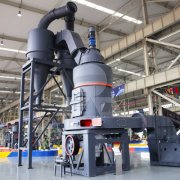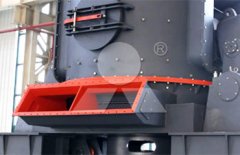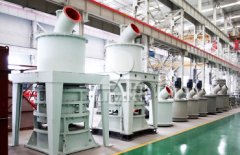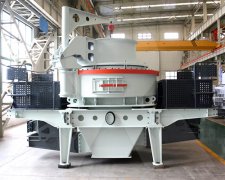Achieving Optimal Crushing Performance through Cone Crusher Mechanics
Cone crushers are versatile crushing machines that find widespread use in mining and aggregates applications. Understanding their internal working principle is crucial for operators to maximize productivity through optimized settings and maintenance practices.
At the heart of a cone crusher is the crushing chamber formed between a rotating mantle and a fixed bowl liner. Rock feed enters from the top and is compressed as the mantle gyrates eccentrically inside the bowl.
As material is squeezed, it fractures along natural planes of weakness. The closed-side setting controls the point at which crushed product is discharged from the narrowing chamber opening. Coarser settings produce larger sizes while finer settings create smaller particles.
Cone CrusherA shaft transmits power from the main drive motor to an eccentric sleeve placed excentrically on the mantle. The eccentric motion creates the crushing action within the chamber. Stronger motors enable higher mantle speeds for increased throughput capacities.
Lubrication is essential for smooth operation. Oil circulates through lines to lubricate bearings, minimize friction and prevent excessive wear. Clogged lines or low oil levels cause overheating and damage components over time.
Mantle and bowl liners are consumable parts that require timely replacement. Worn surfaces reduce crushing efficiency while increasing power draw. Proper liner material selection matches application abrasiveness.
Understanding these mechanical principles enables operators to optimize settings based on feed characteristics, select appropriate models, and implement preventive maintenance. This ensures maximum productivity through consistent and reliable cone crushing performance.




